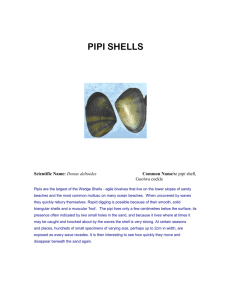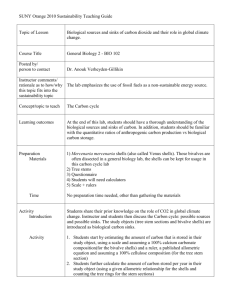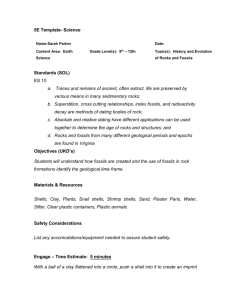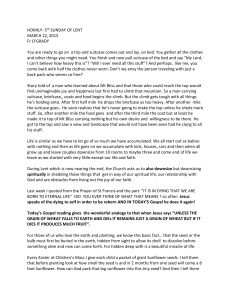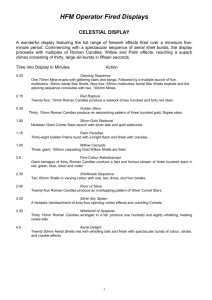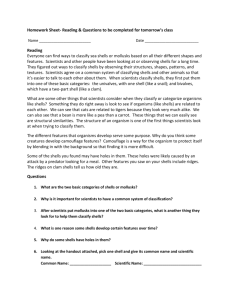Dynamic properties of protein shells: Manipulating
advertisement
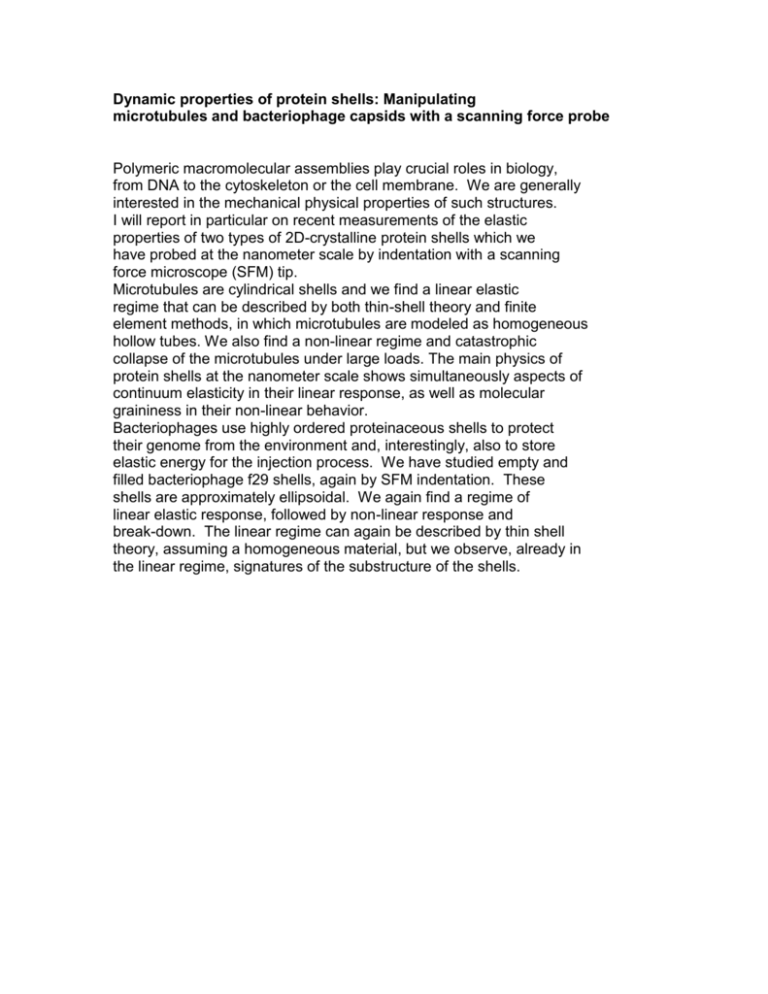
Dynamic properties of protein shells: Manipulating microtubules and bacteriophage capsids with a scanning force probe Polymeric macromolecular assemblies play crucial roles in biology, from DNA to the cytoskeleton or the cell membrane. We are generally interested in the mechanical physical properties of such structures. I will report in particular on recent measurements of the elastic properties of two types of 2D-crystalline protein shells which we have probed at the nanometer scale by indentation with a scanning force microscope (SFM) tip. Microtubules are cylindrical shells and we find a linear elastic regime that can be described by both thin-shell theory and finite element methods, in which microtubules are modeled as homogeneous hollow tubes. We also find a non-linear regime and catastrophic collapse of the microtubules under large loads. The main physics of protein shells at the nanometer scale shows simultaneously aspects of continuum elasticity in their linear response, as well as molecular graininess in their non-linear behavior. Bacteriophages use highly ordered proteinaceous shells to protect their genome from the environment and, interestingly, also to store elastic energy for the injection process. We have studied empty and filled bacteriophage f29 shells, again by SFM indentation. These shells are approximately ellipsoidal. We again find a regime of linear elastic response, followed by non-linear response and break-down. The linear regime can again be described by thin shell theory, assuming a homogeneous material, but we observe, already in the linear regime, signatures of the substructure of the shells.




